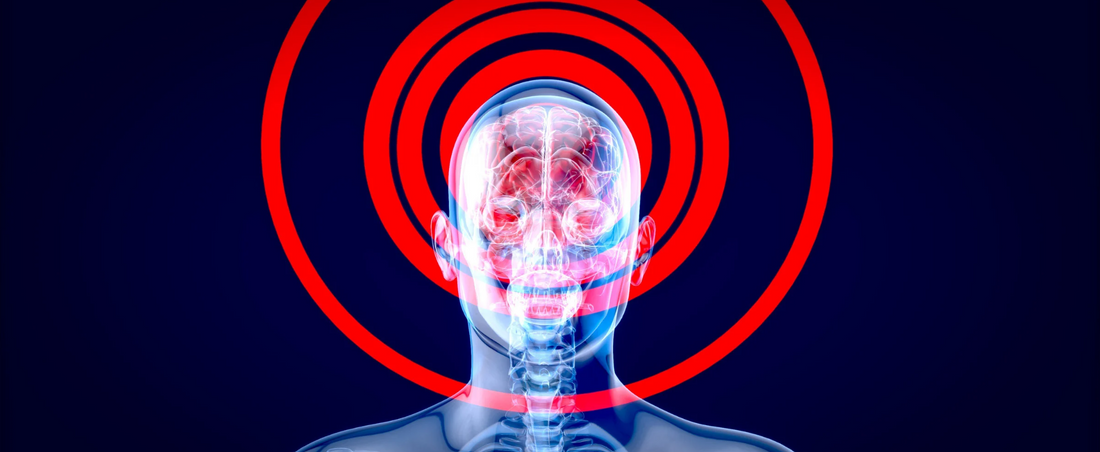
Pickleball for Brain Health: Neurological Benefits of Strategic Movement
Share
Pickleball is known for its quirky name, fast pace, and vibrant community, but beneath its surface lies a deeper layer of benefit—one that reaches far beyond the baseline. While players often highlight cardiovascular perks or muscle toning, a compelling case is emerging for pickleball’s positive impact on brain health. Strategic movement, quick decision-making, and constant court awareness are not only game-winning skills but also powerful tools for cognitive longevity.
In this article, we explore how the unique structure and rhythm of pickleball serve the brain just as much as the body, and why this sport may become a cornerstone in holistic neurofitness.
The Brain on Movement: An Overview
It is well established that physical activity enhances cognitive function. Exercise increases blood flow to the brain, elevates neurotrophic factors like BDNF (Brain-Derived Neurotrophic Factor), and supports neurogenesis, particularly in the hippocampus, the brain’s memory hub.
But not all movement is created equal. Complex movement, involving coordination, pattern recognition, and social interaction, has a significantly greater impact on the brain than repetitive exercise alone. Enter pickleball—a sport that combines agility, precision, and anticipation in a way that keeps neural pathways firing on all cylinders.
Reaction and Adaptation: A Cognitive Playground
Pickleball rallies can be as unpredictable as a weather forecast. A soft dink can suddenly turn into a rapid volley exchange, demanding split-second decision-making and spatial recalibration. This need to react, adapt, and recover continuously stimulates the brain’s executive function.
Neurological advantages of reactive play include:
- Improved synaptic plasticity, supporting learning and memory retention
- Faster processing speed, helping the brain interpret sensory input more efficiently
- Stronger attention networks, sharpening focus and sustained concentration
Every time you pivot to intercept a lob or adjust to a spin serve, your brain is engaging in high-speed data interpretation and response coordination.
Strategy as Mental Gymnastics
Unlike many repetitive aerobic exercises, pickleball is infused with tactical complexity. Players must anticipate opponents’ shots, exploit openings, and adapt their gameplay dynamically—all while managing their own movement and court positioning.
This multilayered thinking engages:
- The prefrontal cortex, responsible for planning and complex problem-solving
- The cerebellum, which fine-tunes motor control and timing
- The parietal lobes, essential for hand-eye coordination and proprioception
By blending physical execution with intellectual strategy, pickleball creates an ideal environment for cognitive cross-training.
Court Connection: Social Cognition and Emotional Resilience
Pickleball is inherently social. Doubles play encourages communication, trust, and mutual decision-making. This collaborative element stimulates regions of the brain involved in social cognition, including the temporoparietal junction and medial prefrontal cortex.
The emotional impact of regular play is equally profound. Studies consistently show that positive social interaction reduces cortisol (stress hormone) levels and elevates oxytocin, fostering emotional resilience. Engaging in an enjoyable group activity like pickleball contributes to a neurochemically favorable environment, promoting mental clarity, mood stability, and stress management.
Neurological Defense Against Aging
As we age, cognitive decline can affect memory, processing speed, and attention span. Research suggests that consistent participation in dynamic, strategic physical activity may help delay or even mitigate these declines.
Pickleball’s benefits in this arena include:
- Enhancing working memory through multitasking gameplay
- Strengthening neurovascular integrity via sustained movement
- Promoting lateralization, encouraging both brain hemispheres to work in tandem
In essence, the sport may act as a neurological hedge, supporting brain resilience well into older adulthood.
Practical Tips to Maximize Brain Benefits
To extract the most neurocognitive value from your time on the court, consider the following:
1. Play different roles. Alternate between offensive and defensive play to challenge different parts of your brain.
2. Mix partners. Adapting to different play styles sharpens adaptability and communication.
3. Incorporate reflection. After matches, review decisions and patterns mentally or in a journal to enhance strategic recall.
4. Learn new techniques. Skill acquisition, such as mastering a spin serve or a third shot drop, enhances learning pathways.
Training your brain while training your body yields exponential rewards.
Conclusion: Rallying for Mental Vitality
Pickleball may have been born as a backyard pastime, but its neurological benefits rival that of far more complex regimens. The sport’s blend of movement, strategy, and connection creates a uniquely fertile ground for cognitive flourishing. Whether you’re stepping onto the court for recreation, competition, or health, know that every serve, sprint, and sidestep is nourishing more than just your muscles—it’s cultivating a sharper, stronger, more resilient mind.
Pick up your paddle, and give your brain a workout it won’t forget.












